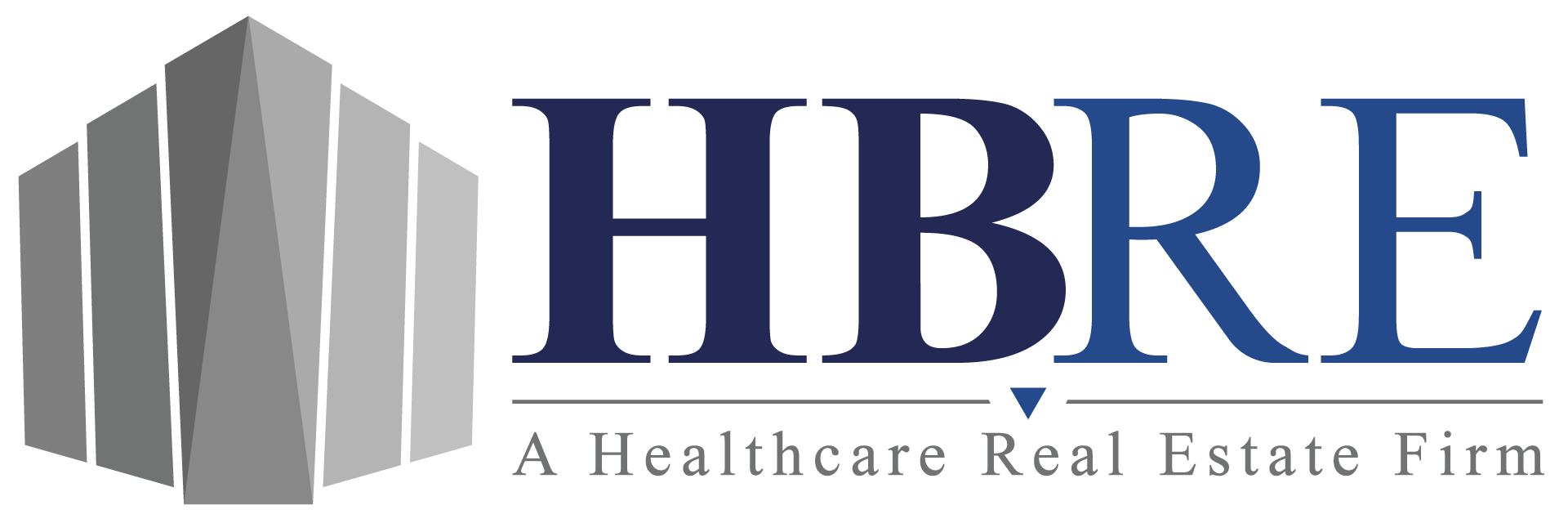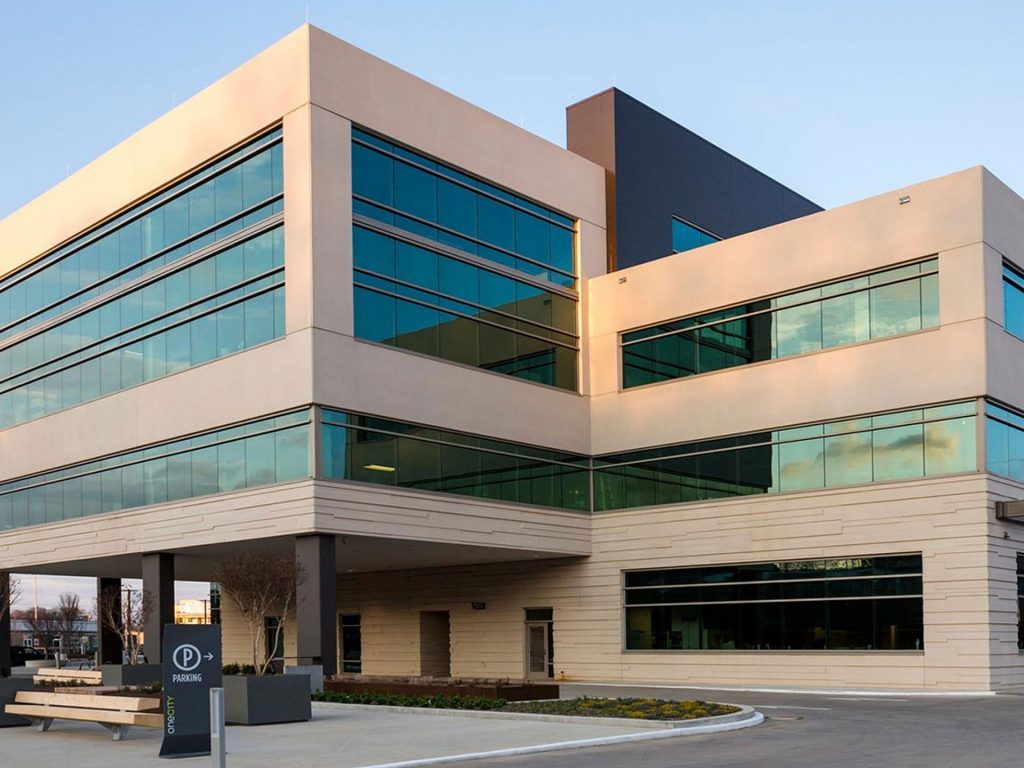The Resurgence of the Sale-Leaseback
Recently, a few high-profile sale-leaseback transactions have reminded commercial real estate owners of the incredible benefits of this strategy. During the first quarter of fiscal year 2019, Brinker International, best known for its ownership of Chili’s Grill & Bar Restaurants, completed a sale-leaseback on 141 Chili’s restaurant properties for a total amount of $455.7
million.
Another well-known company, WarnerMedia (formerly known as Time Warner, Inc.), owner of HBO, CNN and Warner Bros. film company, recently announced a proposed sale-leaseback of its new office building spaces at 30 Hudson Yards in Manhattan. The company owns its office space comprising the 16 th through the 51 st floors of the building, 1.4 million square feet or 60% of the total building. Construction of the giant 90-story office tower, a 2.6 million square feet behemoth, will not be complete until this summer. The transaction is expected to raise over $2 billion to WarnerMedia, who, reportedly, will use the money from the transaction to take the real estate off its balance sheet and reduce debt.
A sale-leaseback occurs when a real estate asset is sold to a buyer who then leases the property back to the seller via a long- term lease agreement. Many sale-leaseback leases are written with longer than normal terms of at least 10-15 years, and in many cases, over 20 years in duration.
The sale-leaseback is a desirable option for many commercial real estate owners because it benefits the owner (seller) in various ways including:
- The sale of the real estate generates cash for the seller, who can then pay down debt, improve the balance sheet of the organization, and if structured correctly, may also be able to deduct all of the future rent payments instead of being limited to the interest portion of payments that would be otherwise paid to service the mortgage loan on the property.
- Because the sale-leaseback traditionally creates a long-term lease of 15-20 years or more with a triple-net lease arrangement, the seller may still retain almost complete operational control over the property, including the ability to make improvements to the property.
- In addition to converting the equity of their property into cash, the seller may be able to receive, after capital gains taxes, up to 100% of the value of the real estate compared to a traditional mortgage financing structure which usually only provides up to 60%-80% of the property’s value.
- If a building is in need of repairs and the current owners are planning on continuing to operate their business for years to come, a sale-leaseback could be structured wherein the buyer purchases the real estate asset for a discounted price with the requirement that the buyer applies the discounted portion of the purchase price toward upgrades and improvements to the property, such as modernizing the lobby, or updating the restrooms. Through this type of transaction, the sellers cash out and get a renovated building in which to work for years to come.
As with any real estate decision, including a sale-leaseback transaction, where the transactions are fact dependent and could present advantages and disadvantages to the seller or buyer depending on the specific situation, you should consult an accounting, tax, legal or other competent professional.
Let HBRE become a trusted resource for all your commercial real estate needs. Reach out to us at 615-564-4133 or find us online at hbre.us.
Sources
https://nypost.com/2019/01/08/warnermedia-looking-to-sell-lease-back-hudson-yards-hq/
https://irei.com/news/two-nyc-assets-sale-billion-dollar-price-tag/
https://www.globest.com/2019/02/08/why-sale-leasebacks-are-coming-back-strong/?kw=Why%20Sale Leasebacks%20are%20Coming%20Back%20Strong&utm_source=email&utm_medium=enl&utm_campaign=nationalamalert&utm_content=20190208&utm_term=rem




